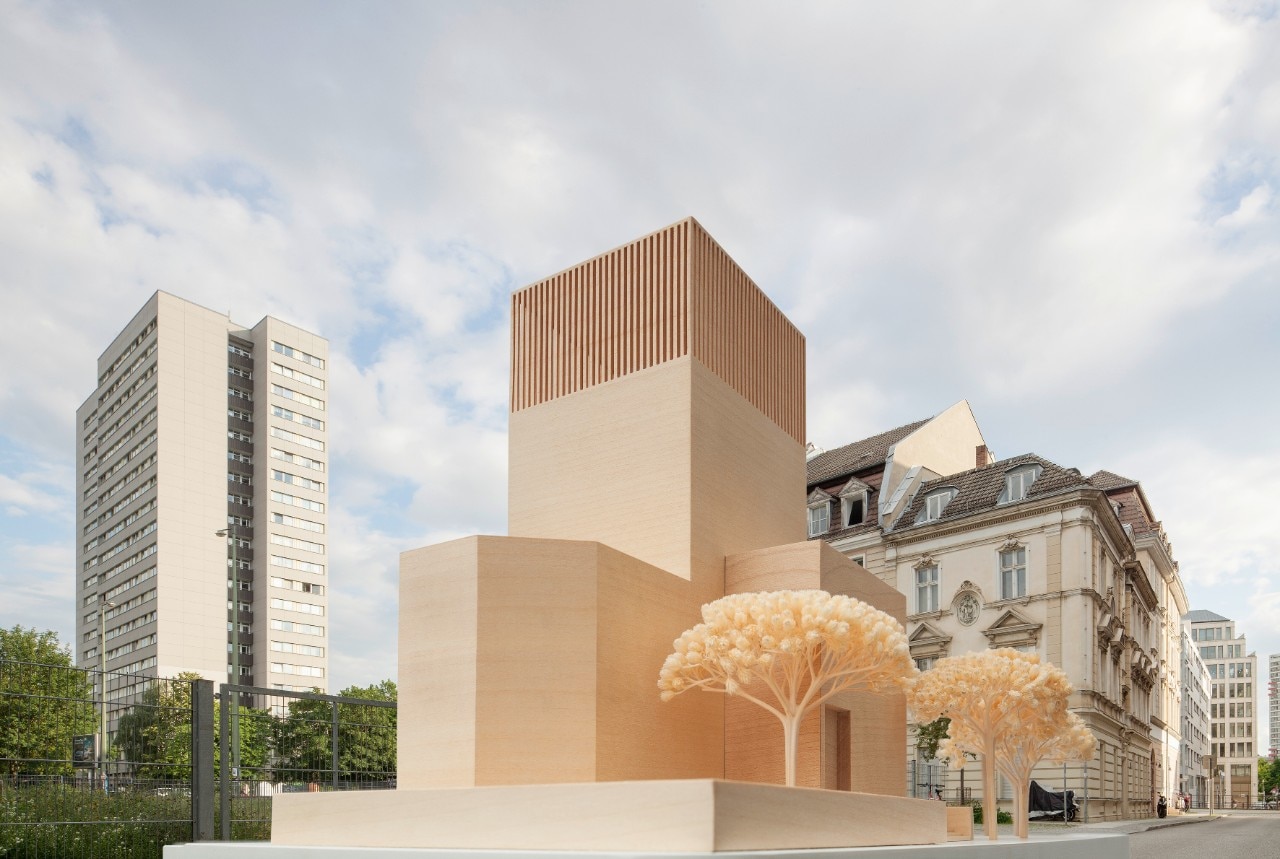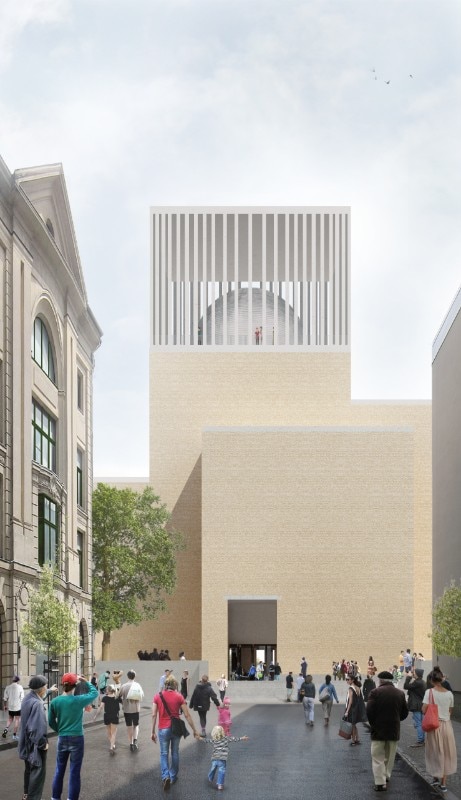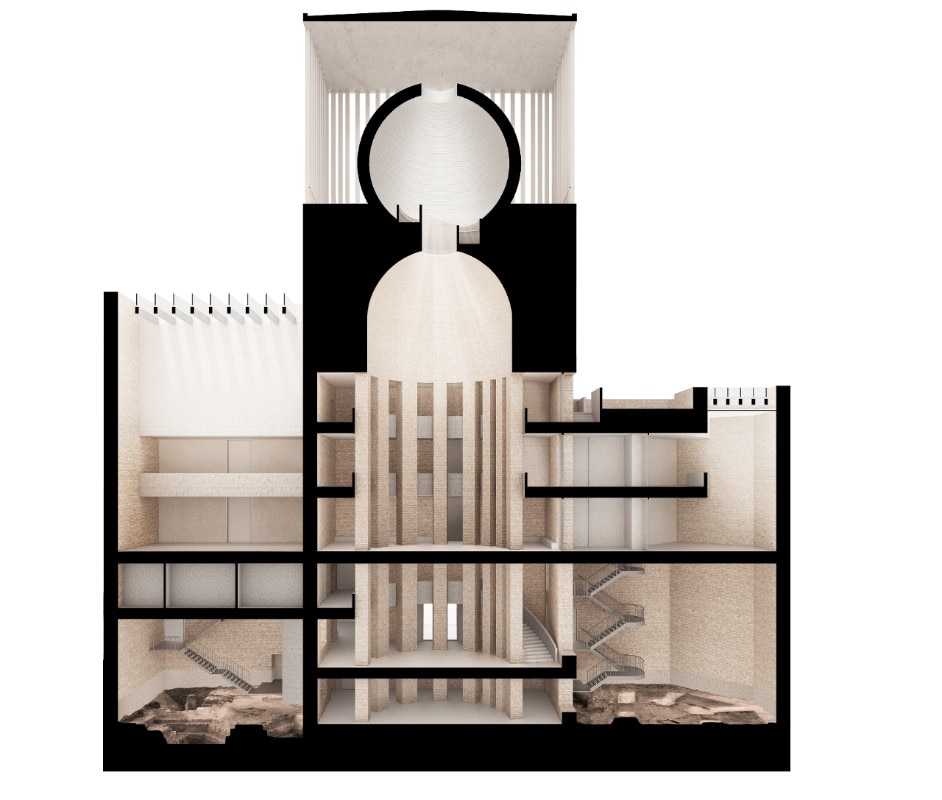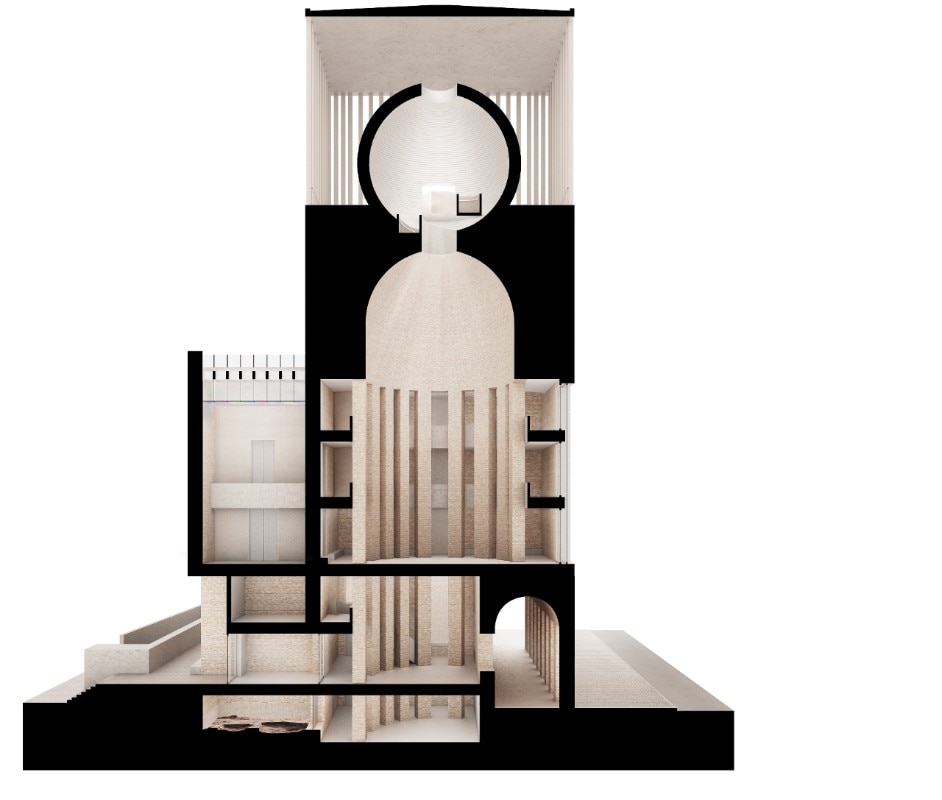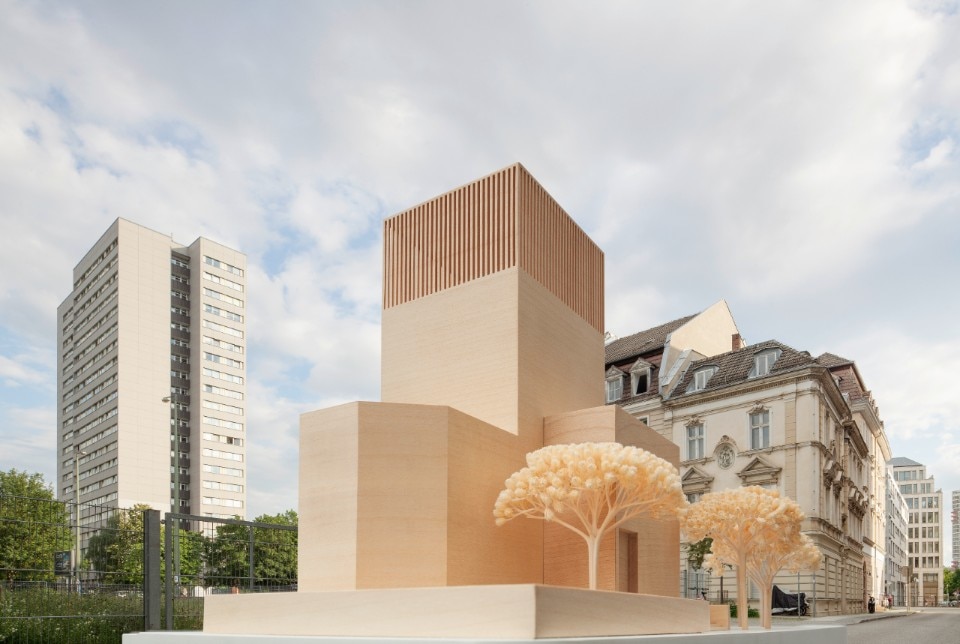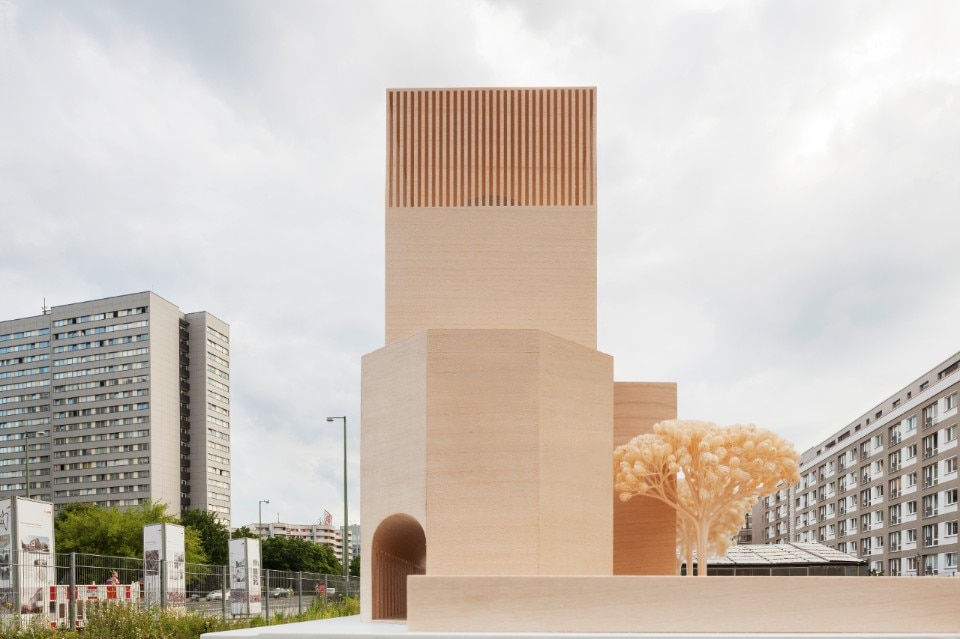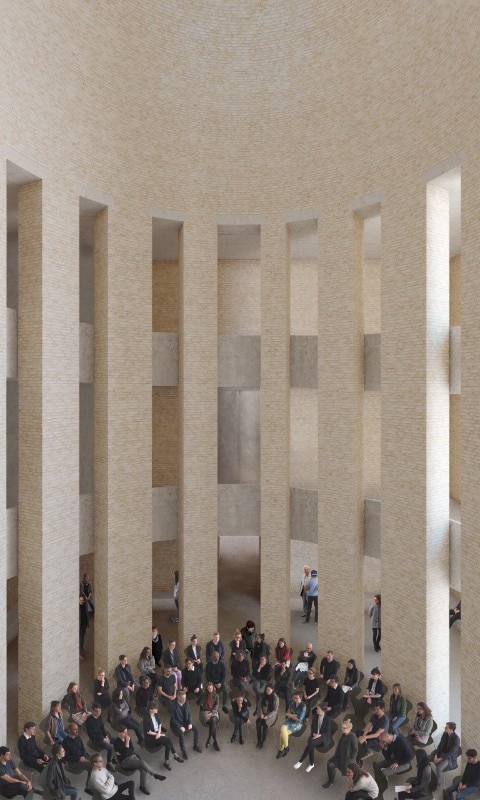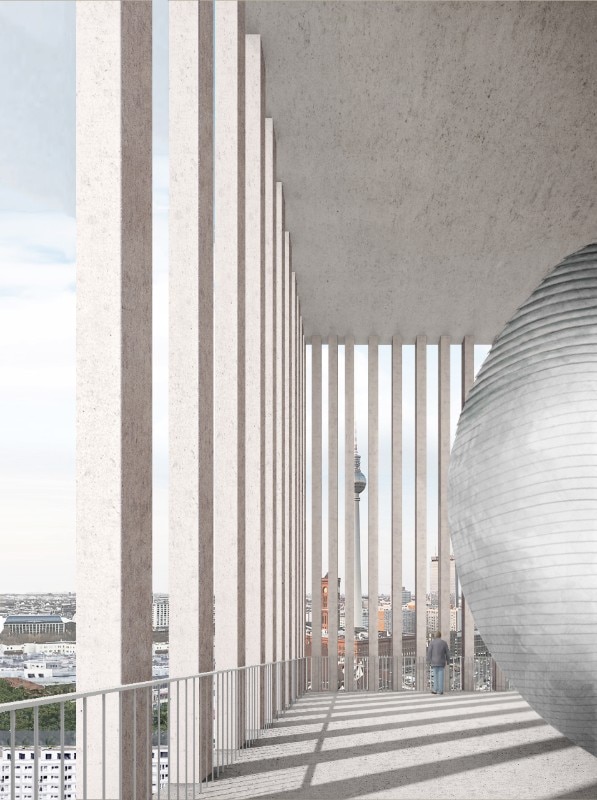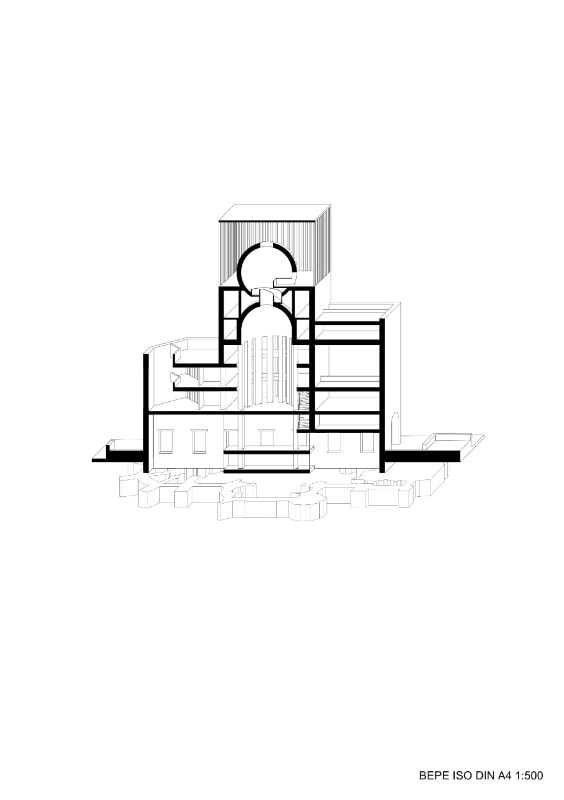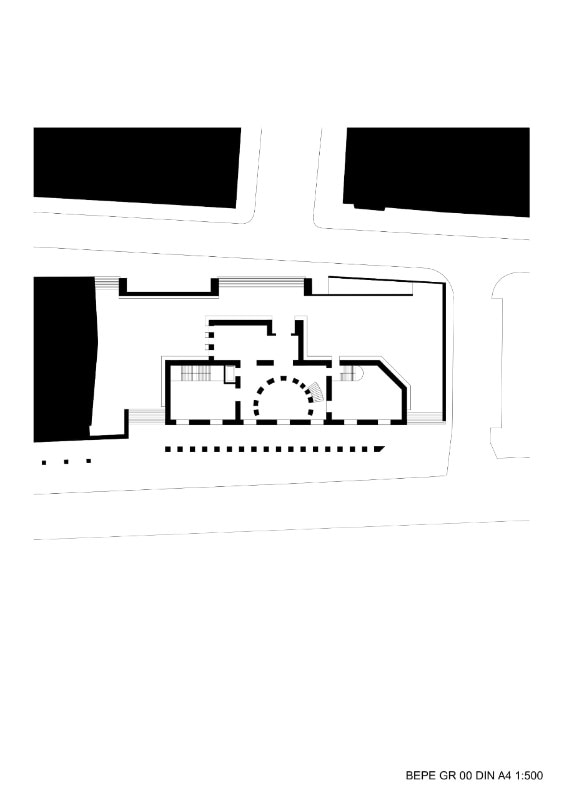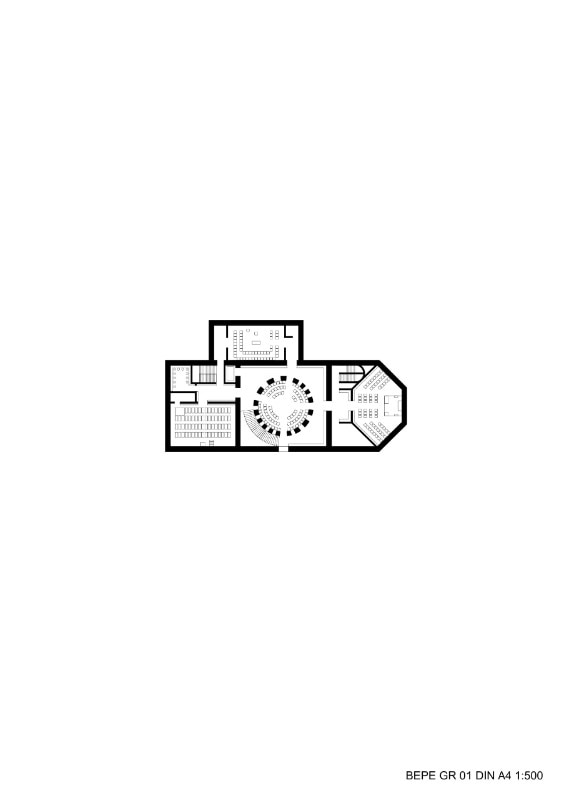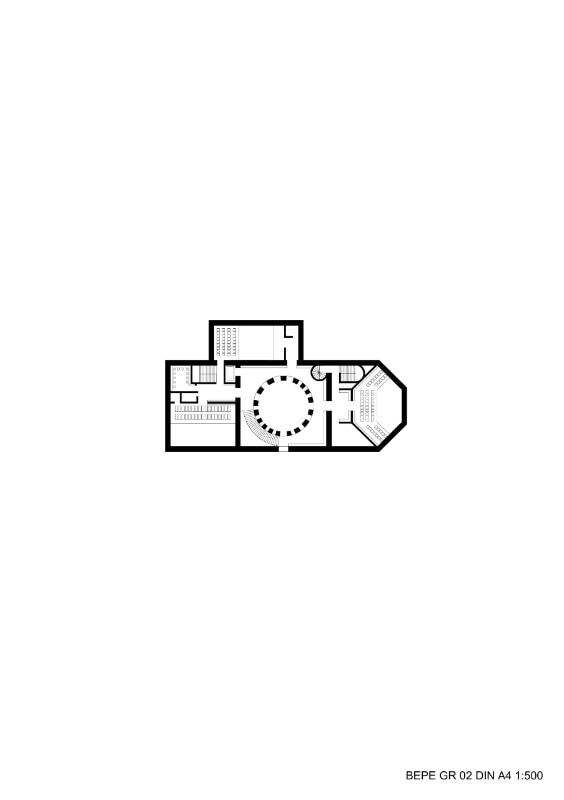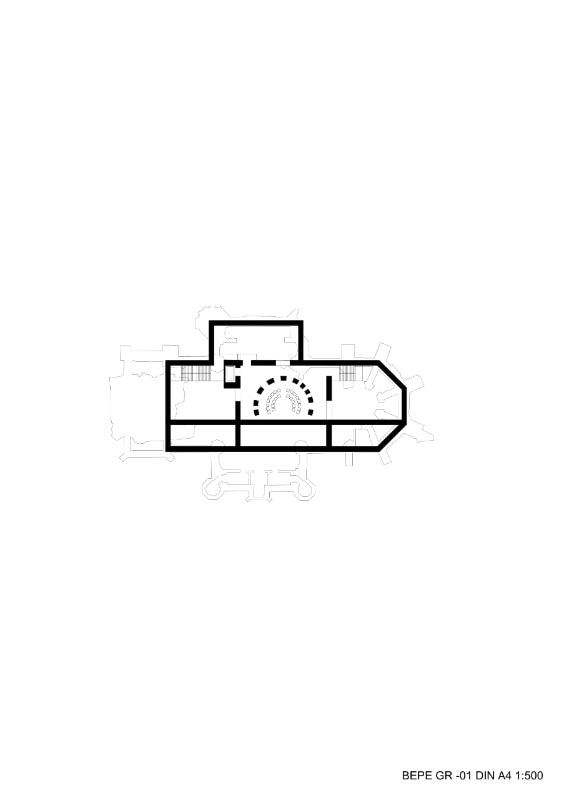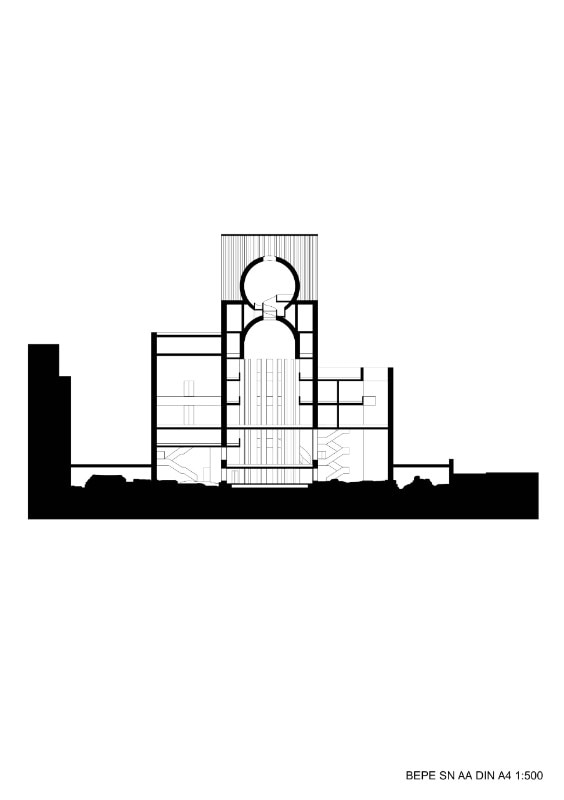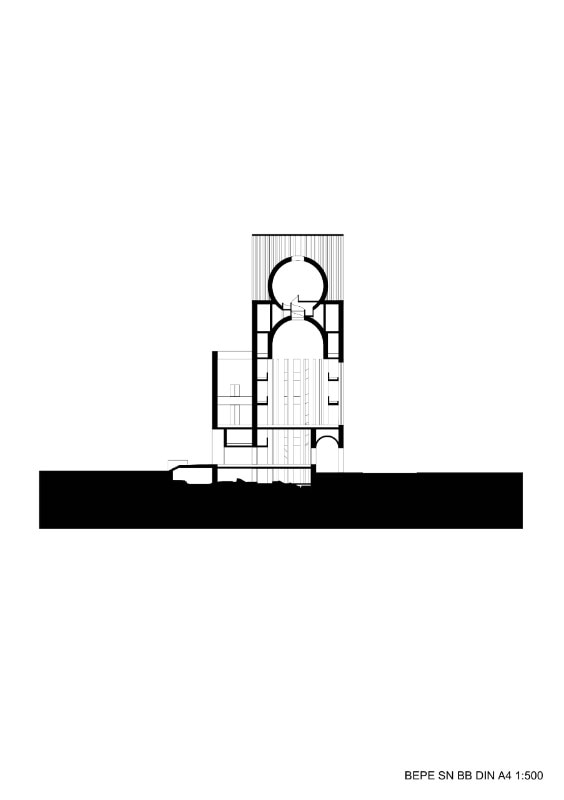Their enviable portfolio includes projects such as Documenta 11, the Belvedere Museum, the Museum of Decorative Arts, the Fashion Gallery in Berlin, and the Herzog Anton Ulrich Museum in Brunswick. The Berlin-based Kuehn Malvezzi studio, formed by architect Simona Malvezzi (also operating in Milan) together with the two brothers Wilfried and Johannes Kuehn, has recently started working on a daring – not to say utopian – project in the wake of the many tensions that all religious communities have to deal with, and on which the news constantly updates us. The building will be built in a couple of years in the heart of Berlin, it will be called the House of One, and it aims at bringing the three Abrahamic religions under the same roof (and thus allow them to peacefully coexist) – basically, the proof that architecture can do what humans cannot. It is an extraordinary gesture that words cannot describe, and a unique opportunity which the German studio has developed excellently also on a formal level, not only in choosing the main square as the material and symbolic meeting place and in respecting the differences between the three religions in the spaces dedicated to them, but also in choosing the same language for the building's interior and exterior.
How do they work together and why have they been doing it so successfully for years? They're here to tell Domus – which in 2019 had already included them in the Domus 100+ best World Architecture Firms Guide.
How long have you been working together? And how do you plan your design process?
Wilfried Kuehn: We started working together around 2000. We are linked by the same vision of architecture that we have called “curatorial architecture” because it is anti-spectacular and based on collaboration – not only with each other but also with other disciplines, artists, photographers, landscape architects, and much more. From the beginning of a project, we see the design process as a combination of various disciplines all participating together in 'architectural decisions'. Therefore, we do not have a recognisable style, but rather treat each project as a particular experience linked to a specific context, similar to the experience of conceptual art in intervening in specific places and situations. This allows us to give a lot of importance to the user of the space. Having done many installations since Documenta 11 in 2001, we have developed a technique of listening to and involving artists and curators, which we then applied to projects such as House of One, namely in the dialogue with rabbis, priests, and imams.
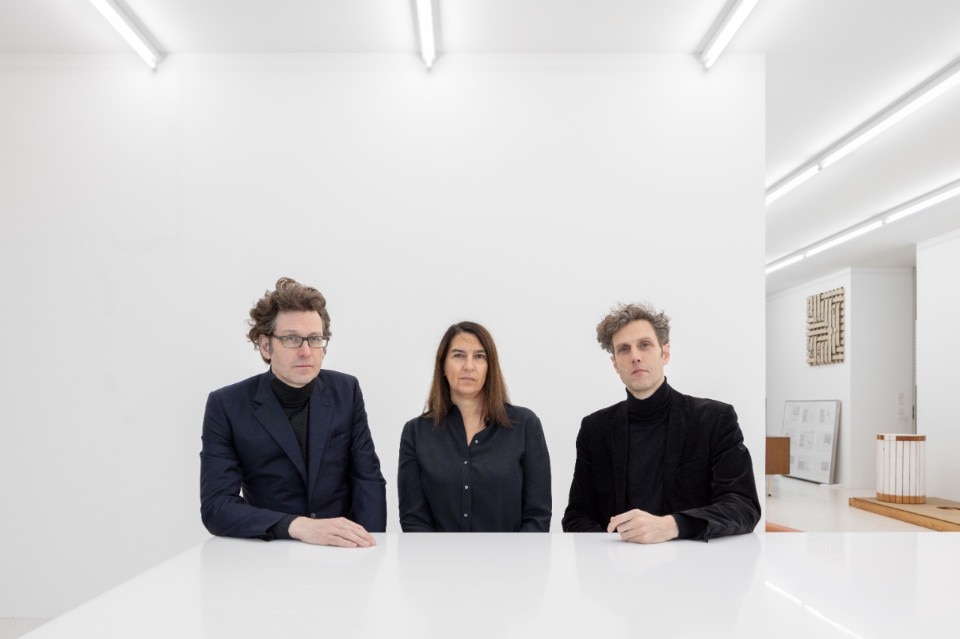
Does each of you have specific tasks? If so, who does what in the studio?
Simona Malvezzi: We take great pleasure in working together, and therefore have never tried to specialise by splitting the work. We exchange ideas on everything and on all projects. This principle also applies to our very good collaborators, some of whom have been working with us for a long time.
Where did the inspiration for The House of One come from? Who chose the name?
Johannes Kuehn: The project was conceived by a priest, a rabbi, and an imam. They also chose the name. Contemporary Berlin is a very secular city. Historically, the city was Christian, but it has grown politically as a result of several migrations of people of different faiths, which were tolerated by the Prussian monarchy but persecuted elsewhere (like French Huguenots and Jews). Migration from the 20th century to the present has also brought many Muslims to Berlin. If you look at a map of the city, however, you will immediately notice that in the city centre there are many churches, a few synagogues, but no mosques. House of One, which is located in the most historic and central part of the city, is therefore a strong gesture coming from an idea of the Protestant community wanting to share the site with the other two Abrahamic faiths, rather than build a new church.
House of One, (...) is therefore a strong gesture coming from an idea of the Protestant community wanting to share the site with the other two Abrahamic faiths, rather than build a new church.
So, there is a particular reason why House of One is in this city, and in such a specific place like Petriplatz.
SM: Yes, indeed. The project will be built on the foundations of St. Petri Church, a 19th-century building that was demolished by the East German government in 1964. The first church on that site was built in 1230, it was the first documented site in the city of Berlin, so it was a central and historically important site. As mentioned before, the Protestant community to whom the property was to be returned after reunification decided to involve the other two communities. Together, they conceived an inter-religious house for the three Abrahamic religions. Our idea, which was chosen for this unusual project through an architectural competition, starts precisely from this context: the outline of the new building follows the old foundations that are still on the site and on which it stands ideally but also physically.
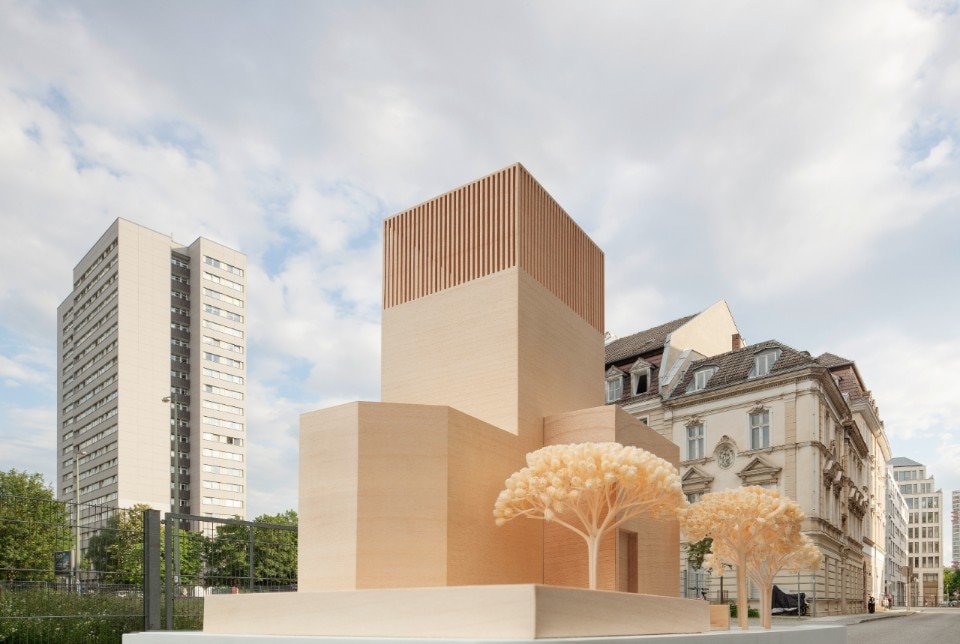
What does it mean for a designer to build a place of worship?
WK: I don't think there is a precise answer. In this specific case, the decision to build on the foundations is linked to the idea that a place of worship located in this specific area will have to establish a relationship with the previous place of worship – the very first medieval church in the city. The project involves not only a church but also a space that brings together three religions, which means that dialogue has to be established through space. In our opinion, the relationship space we have designed – the space in the middle of the structure, which brings together synagogue, church, and mosque as if they were buildings around a city square – becomes decisive. This concept makes the interior of the building an urban place. From the outset we designed a solid masonry building identical inside and out, making the interior walls of the exposed brick facades the same as the exterior. This principle of authentic, bare masonry can also be found in the three places of worship, which differ from each other in the dramaturgy of natural light, which varies from mosque to synagogue to church, creating three different environments.
What was the criterion for designing House of One?
SM: The sequence of spaces follows the principle of multiplicity in one unit, and at the same time heterogeneity in one building. The rituals are different and not mixed, but the building is built with the aim of being universal. For us designers, it is interesting to render this intercultural and universal perspective in terms of construction. We also see the task of architecture in this tension between the specific and the generic. The concept on which the House of One is based is dialogue, and to start a dialogue, a debate, you need to know the other person and their way of thinking. As well as becoming a place of worship, this project is also creating an educational centre for everyone, especially agnostics and laypeople.
The building has been financed, and work will start soon; what are the timeframes and expectations for such an ambitious project that goes way beyond architecture?
JK: The construction site started in May 2021, and will last at least two years. We hope it will become an exportable model of dialogue between communities in a dimension of diversity, where different identities come into contact with each other, in a space that preserves their peculiarities but at the same time brings them together. It is precisely around this idea that The House of One has been designed.


